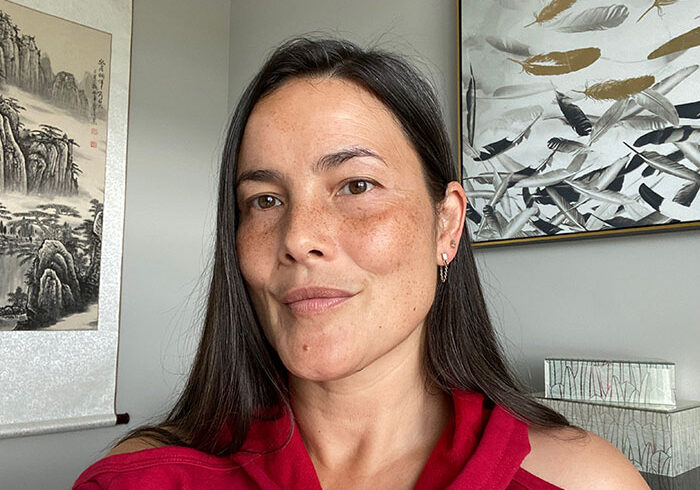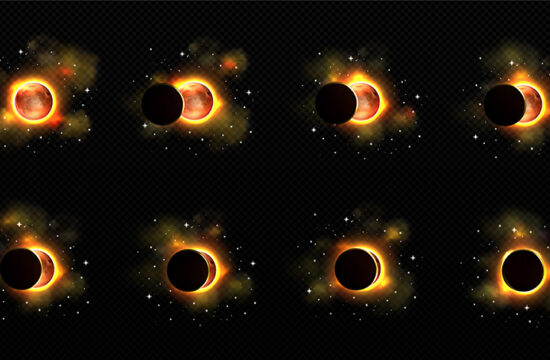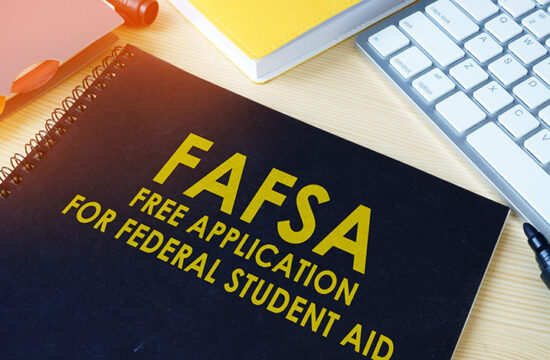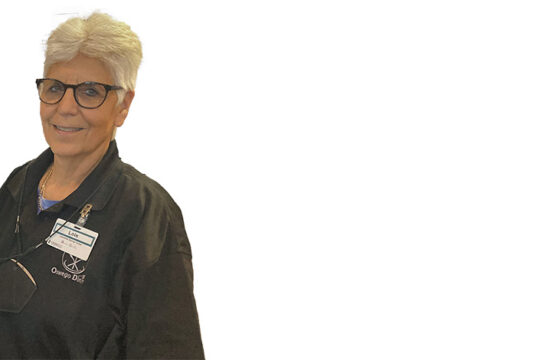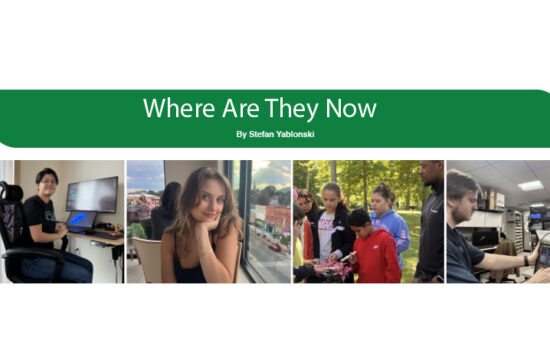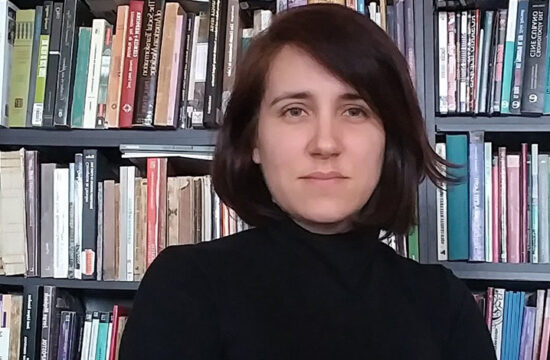Students read and vote upon work submitted by authors who are located all over the world
By Steve Yablonski
Subnivean is an adjective meaning “situated or transpiring under the snow.” It can also be a noun meaning a “subnivean zone offering warmth and shelter.”
And, most recently, a noun meaning SUNY Oswego’s student-run publication elevating and amplifying high-caliber prose and poetry.
Soma Mei Sheng Frazier is an assistant professor in the Department of English and Creative Writing at SUNY Oswego. She developed Subnivean as part of her creative writing 313 class that coordinates the publication and awards.
Subnivean’s editorial mission is “to curate and produce bone-deep, high-caliber literary art that speaks urgently to an evermore connected international audience.”
According to its website: Housed at the State University of New York at Oswego, where four times more snow falls on our city than Manhattan, we publish four issues per year: one in fall, one in winter, one in spring, one in summer. Our hardworking SUNY undergraduate staff is nose-to-grindstone right now, bringing you high-caliber content amid the internet’s clamoring chaos.
“So, one thing that deeply impressed me, even before I joined SUNY Oswego’s faculty, was the university’s undergraduate-run print literary journal, the Great Lake Review, which has published student work since 1964,” assistant professor Frazier said. “Having founded digital publications for schools in the past, I thought it would be terrific to develop Subnivean as an analogue to the GLR.”
She created the publication to equip her students with firsthand experience in today’s publishing industry, she explained.
“I began developing Subnivean in 2019. The publication launched last October, staffed by students in my fall 2020 digital storytelling course,” she said. “The only requirements are three credits in English or creative writing or honors 204, or instructor permission.”
The magazine recently earned a nod from the national Community of Literary Magazines and Presses, as one of just four finalists in the 2021 Firecracker Awards’ Magazines: Best Debut category.
“It isn’t a venue for student work. Instead, students read and vote upon work submitted by authors working around the world,” Frazier said. “So far, we’ve received manuscripts from 48 countries and every U.S. state but one.”
Students also learn to plan and host events, and to liaise with emerging and established authors, providing them with a foothold in the national literary community.
“Hence, I’m constantly racking my brain to determine which of my own industry contacts to reach out to: e.g. U.S. poet laureate emeritus Juan Felipe Herrera, from whom I solicited some poetry to kickstart issue 1, and literary luminaries Arisa White, Daniel “Lemony Snicket” Handler and April Sinclair, whom I invited to be judges for our inaugural Subnivean awards competition,” she said.
Daniel Handler, April Sinclair, Arisa White and the other eight authors featured at this year’s inaugural Subnivean Awards event (captured in a video at www.subnivean.org) were incredibly gracious, Frazier said.
“They complimented the publication itself; and the student MCs and hosts, who did a great job. Our contributing authors, too, have been generous with their praise for the students’ work. We’ve had no negative responses to the publication yet and possibly the most rewarding feedback we’ve received from authors is the fact that writers from around the world are submitting their stories and poems, some in response to students’ direct manuscript solicitation emails and others because they’ve found the publication on their own and deemed it a fitting first home for their work,” she continued.
Staffing Subnivean is just one aspect of the digital storytelling class. Students in the course also survey the contemporary American digital storytelling landscape (analyzing podcasts, interactive websites, video poems and more) and complete an individual project (creating their own digital stories).
“Therefore, the grades students earn in digital storytelling represent a typical range, with on-staff work factored in as a group project grade. Beyond gaining hands-on experience in digital publishing, students learn professionalism and how to work in the collaborative manner required by most jobs in today’s literary industry. They also become a part of the regional, national and international literary communities, which requires them to consider myriad issues (including voice, brand, representation and the canon),” Frazier explained. “And, finally, students become equipped to apply the keen literary eye that they develop (in assessing others’ work) to their own writing. They have peeked behind the curtain, learning what editors and publishers seek and they can begin to apply that knowledge to their own creative processes.”
Subnivean is staffed, each semester, by undergraduates in Frazier’s digital storytelling course.
“One thing I’d like to do is create an analog class that allows students to return to the magazine’s staff for a second semester, advancing in their work and mentoring new staffers in gaining new skills and understandings in our a hands-on environment,” she added.
For more information about the student-run digital publication, visit Subnivean.org.
Photo: Soma Mei Sheng Frazier is an assistant professor in the Department of English and Creative Writing at SUNY Oswego and the creator of Subnivean, a digital publication already on issue No. 3.


